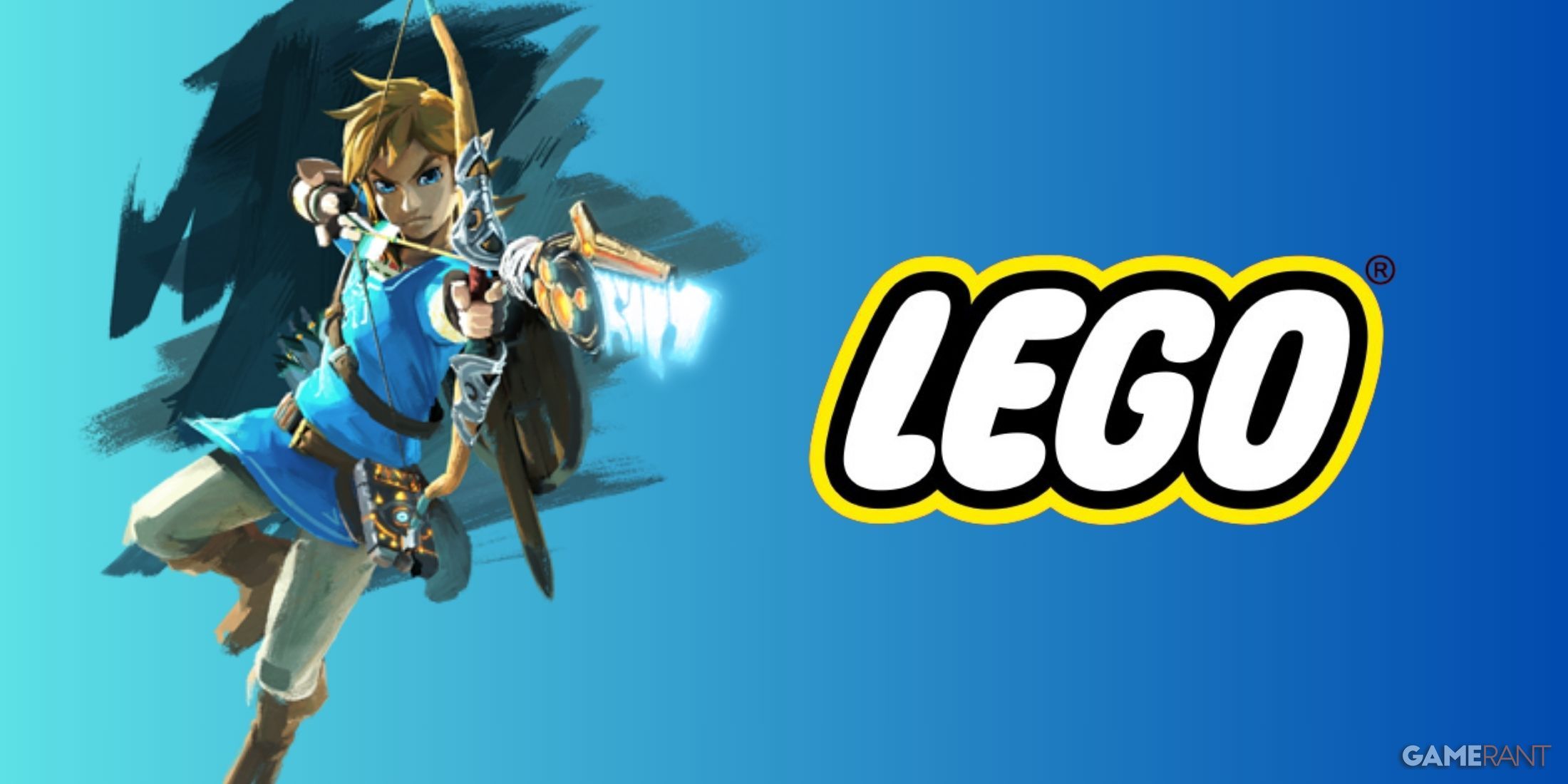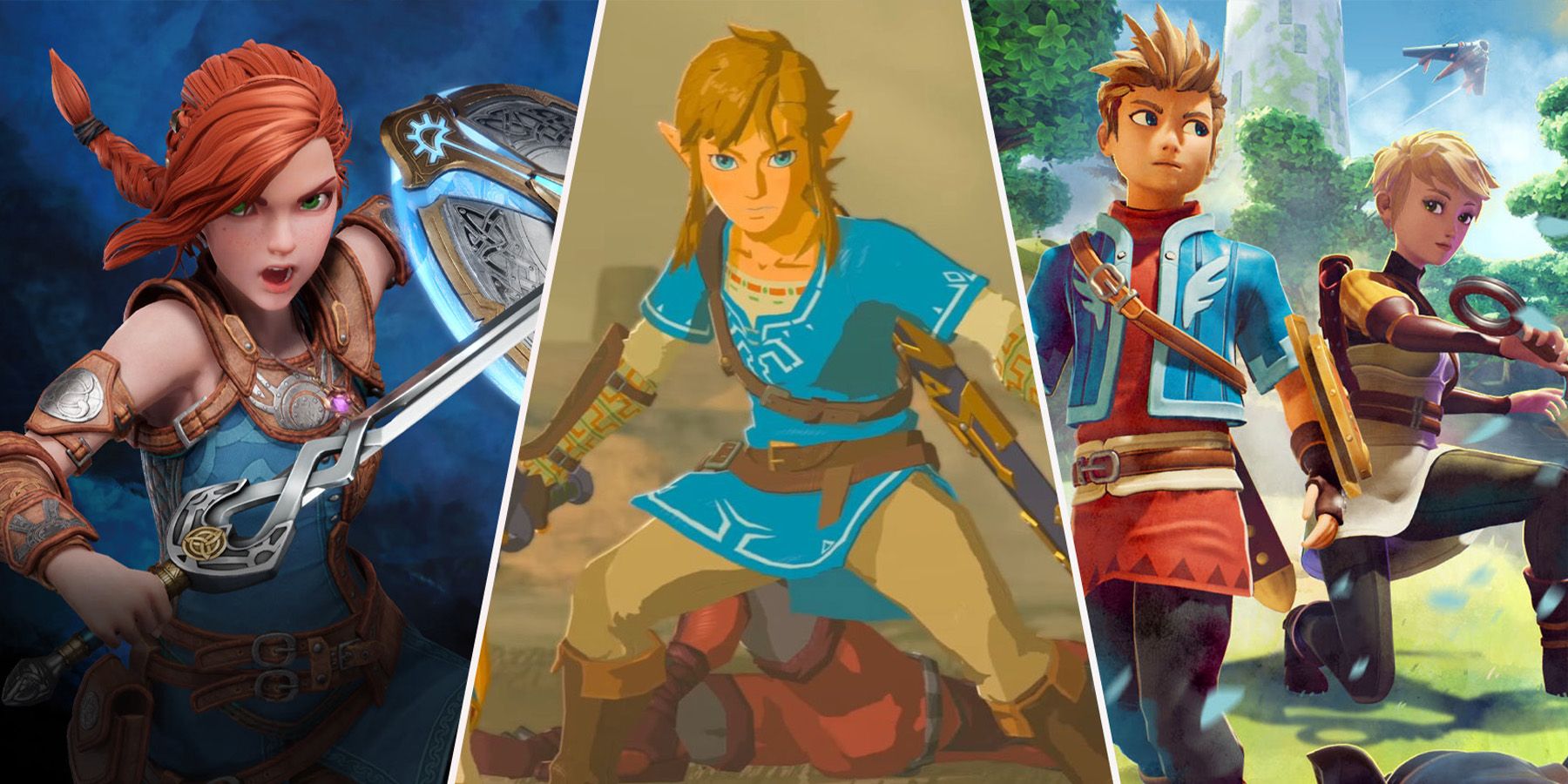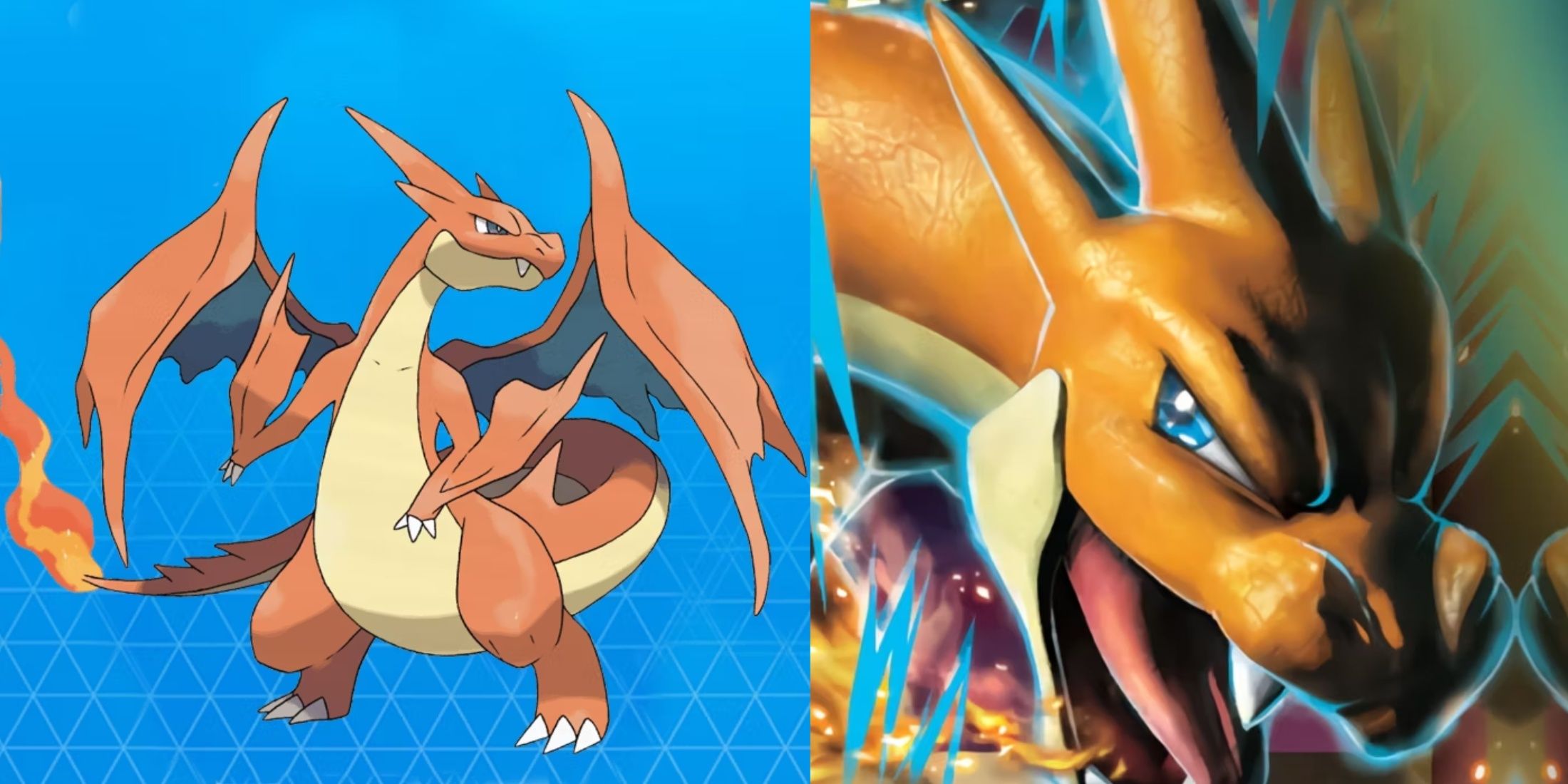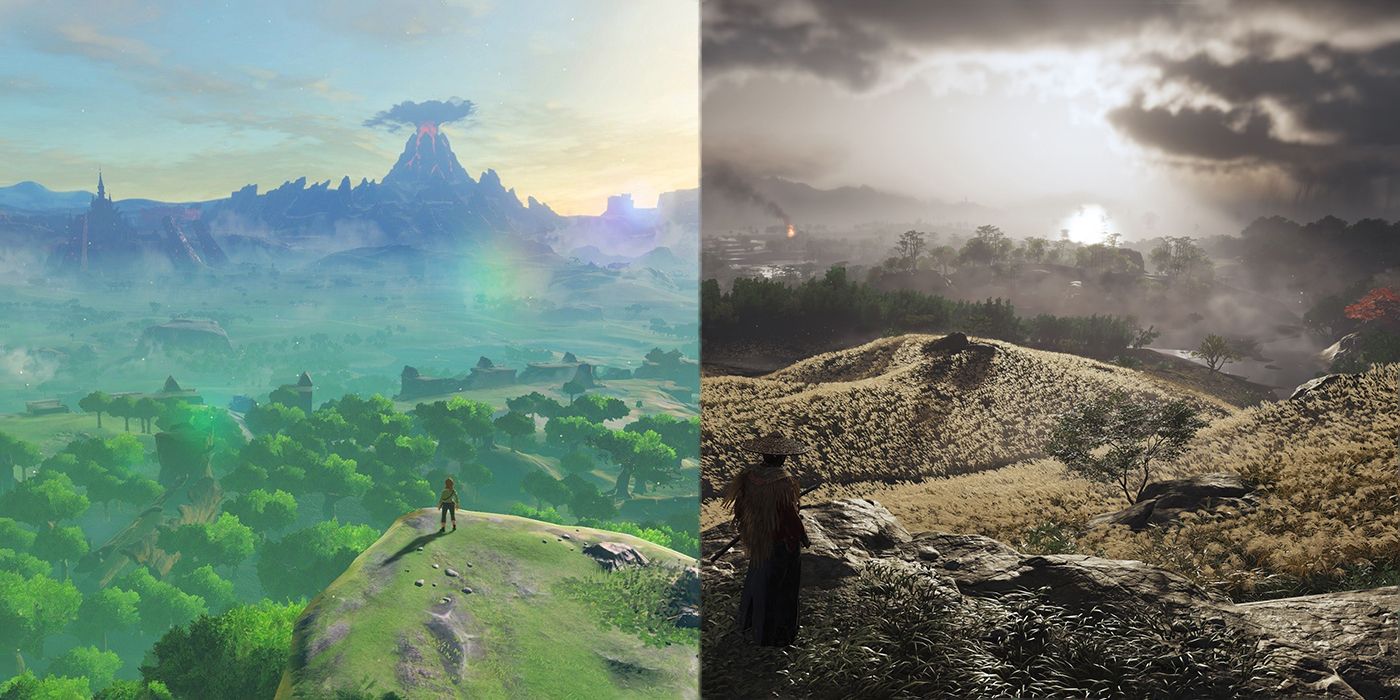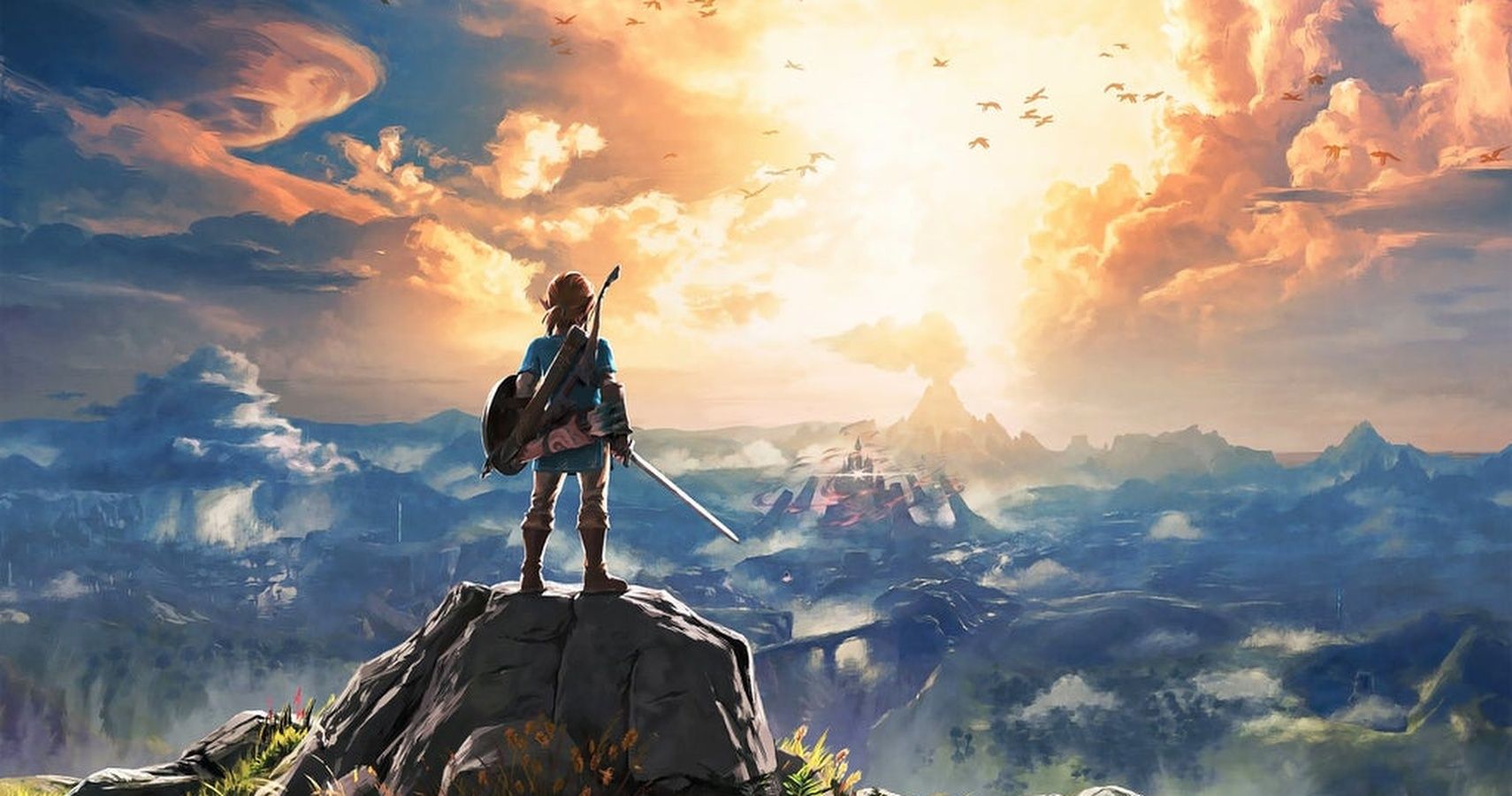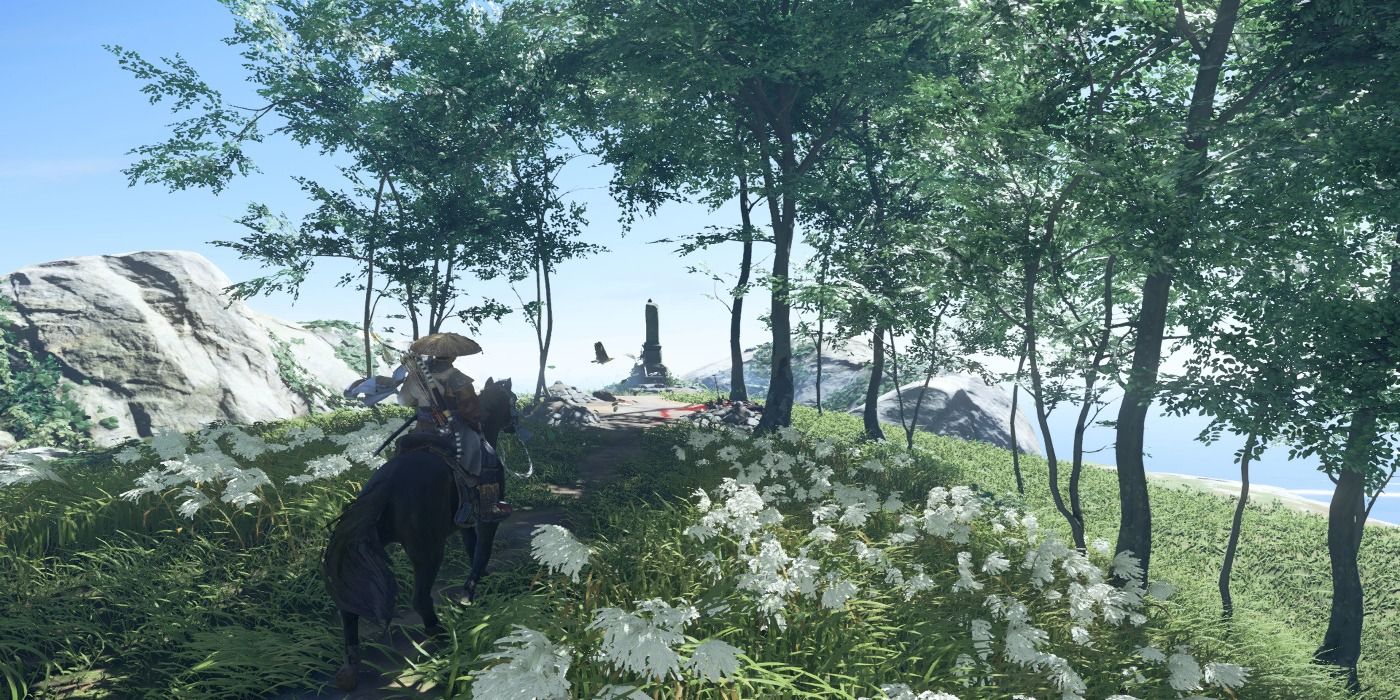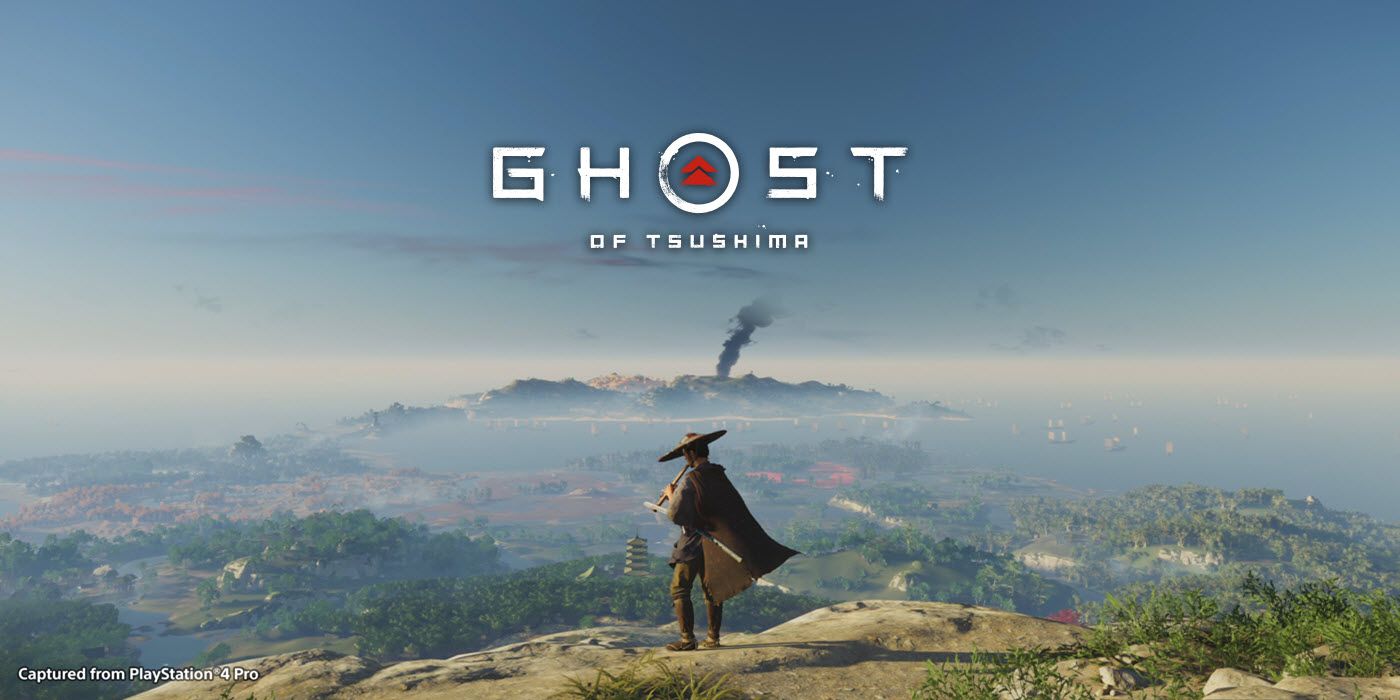One of the biggest aspects that made The Legend of Zelda: Breath of the Wild so powerful is its simplistic yet innovative take on open world RPGs. Link's latest adventure emphasizes the child-like wonder of exploring a fantasy world, something several open world games at the time seemed to have lost sight of. Numerous open world games prior to Breath of the Wild were often criticized for "checklist game design" or pointless tasks, yet Ghost of Tsushima similarly follows in Breath of the Wild's footsteps of creating a sense of wonder, though from a different design perspective.
Breath of the Wild thrives on macrocosmic intrigue, presenting players with vistas and scenic views throughout the world that are dotted with landmarks and places of interest. In a lot of ways Ghost of Tsushima does this as well, but the actual exploration and wonder is accomplished from that of a different design perspective compared to Breath of the Wild. Tsushima has plenty of landmarks, but encourages that same level of wonder on a more microscopic level instead of emphasizing sprawl.
Breath of the Wild's Enticing Sprawl
Breath of the Wild's impact on open world design has never been understated by any means. Every hardcore gaming fan is aware of Breath of the Wild's innovative design of Hyrule and how its world emphasized something often lost on its gaming counterparts. Many open world games prior to 2017's Breath of the Wild received a pretty common criticism: a cluttered map full of collectibles and check marks. Ubisoft games in particular oft-received this criticism, basically anchoring players to a map overloaded with things players supposedly needed to do or get. Breath of the Wild eschewed the overpacking of content in favor of more subtle and intriguing world design.
Of course not every open world game was guilty of this, but Breath of the Wild epitomized what made the concept of open world design so special. Rather than specifically pointing out locations where players could find certain landmarks on a map, the game shrouds all of its landmarks in mystery. Exploration in Hyrule is emphasized by visual contrasting landmarks amidst the world itself. There's a clear direction and awareness of every landmark and region in Breath of the Wild, each placed in an area designed to peak players' interests. The game then impressively marries its scenic views and vistas with the game's freedom of traversal to make a world worth exploring. If there's a statue, a temple, a mountain, a rock formation, anything that players wanted to see, Link could get there in some way.
Ghost of Tsushima's Microcosmic Intrigue
That feeling of freedom is expressed in Ghost of Tsushima, but in a far more restrained closeness compared to Breath of the Wild. One of the first things players notice upon exploring the island of Tsushima for the first time is that the camera is awfully close to the player. For most third-person open world adventures, the camera is zoomed out as feasibly as possible so players can have as wide of a view as possible. Ghost of Tsushima brings the camera almost uncomfortably close to Jin Sakai, which is an interesting and unique design choice, especially for an open world game. The camera almost reaches Resident Evil levels of camera proximity, but for Ghost of Tsushima it's a genius choice.
Much of the island of Tsushima is populated with dense vegetation, rolling hills, and steep rock faces. Players at any time could go from traversing a dense forest to traveling across plains throughout Tsushima. There's an imposing element of verticality in Ghost of Tsushima's world that makes the environment seem bigger than it actually is. Traversal is restricting, and while the game does fall into the trope of "here are some well-placed footholds for you" in some areas, it does make exploring require a bit more effort. There's no minimap, in fact there are very few HUD elements at all. Visual cues like the Guiding Wind, prancing foxes, and the golden birds encourage exploration more so than any question mark on a map.
All of these elements together justify why the player perspective is so condensed for the majority of the game, because it forces players to slow down and take in their surroundings, rather than try to absorb the environment all at once. Subtle visual cues drive players forward at the promise of finding a secret area, rather than giant landmarks enticing players to a presumably important area.
The Different Ways to Encourage Exploration
Both Ghost of Tsushima and Breath of the Wild exercise elegant simplicity in world design, but from two different perspectives. Where Breath of the Wild utilizes its sprawl by filling the world with vistas and landmarks, Ghost of Tsushima spreads its landmarks out and obscures them with a combination of techniques. The close third-person perspective fulfills the same purpose Resident Evil's over-the-shoulder camera does, just in a different context. Exploring any Shinto Shrine, Inari Shrine, Mongol outpost, or any other aspect of Ghost of Tsushima's expansive world requires that players take time to slow down and truly examine every nook and cranny.
In particular, Ghost of Tsushima melds content density with the player's perspective expertly. Often times players will finish traversing a shrine and receive a collectible/reward, only to look around and realize there's not five or so other landmarks on the horizon. Rather, players may see various rolling hills, dense bamboo thickets, or tall colorful trees amongst a forest that's obstructing the next portion of the map. But at the same time there are smoke pillars in the distant skybox, or what looks like a village far off in the distant forest, that players can focus on if they want to. Or if there's a particular location players want to get to, the Guiding Wind only shows them the general direction of where to go, not the efficient GPS route to that location.
Ghost of Tsushima makes every effort to encourage players check their immediate surroundings to explore, compared to Breath of the Wild's efforts in creating giant and imposing landmarks to guide players towards locations. Both games emphasize intriguing perspectives on immersing players in an interesting open world.
Ghost of Tsushima is available now on PS4.

